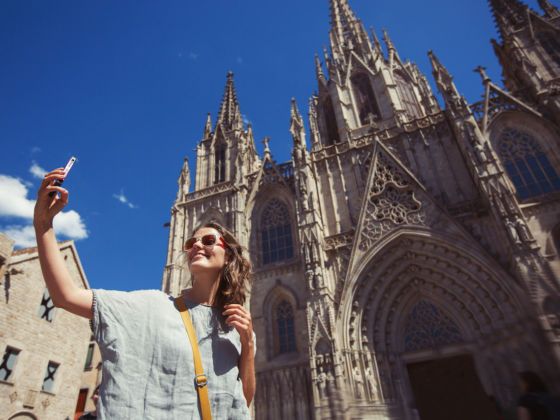This is the Travel Take, where Matador’s writers and editors make the case for their favorite travel hacks, tips, and personal tics.
They’re the most conspicuous people on the street from New York City to Rome to Tokyo: A tightly knit group of tourists in khaki shorts, their passports and camera hanging from their necks, hustling to keep up with a tour guide holding a flag above their head to make sure no one gets lost. They are clutching maps or asking for directions, their necks craned up at the historical sites in the middle of rush hour. And they are among the most derided, teased, and reviled type of traveler: The tourist who only visits the locations officially sanctioned by a guidebook.
